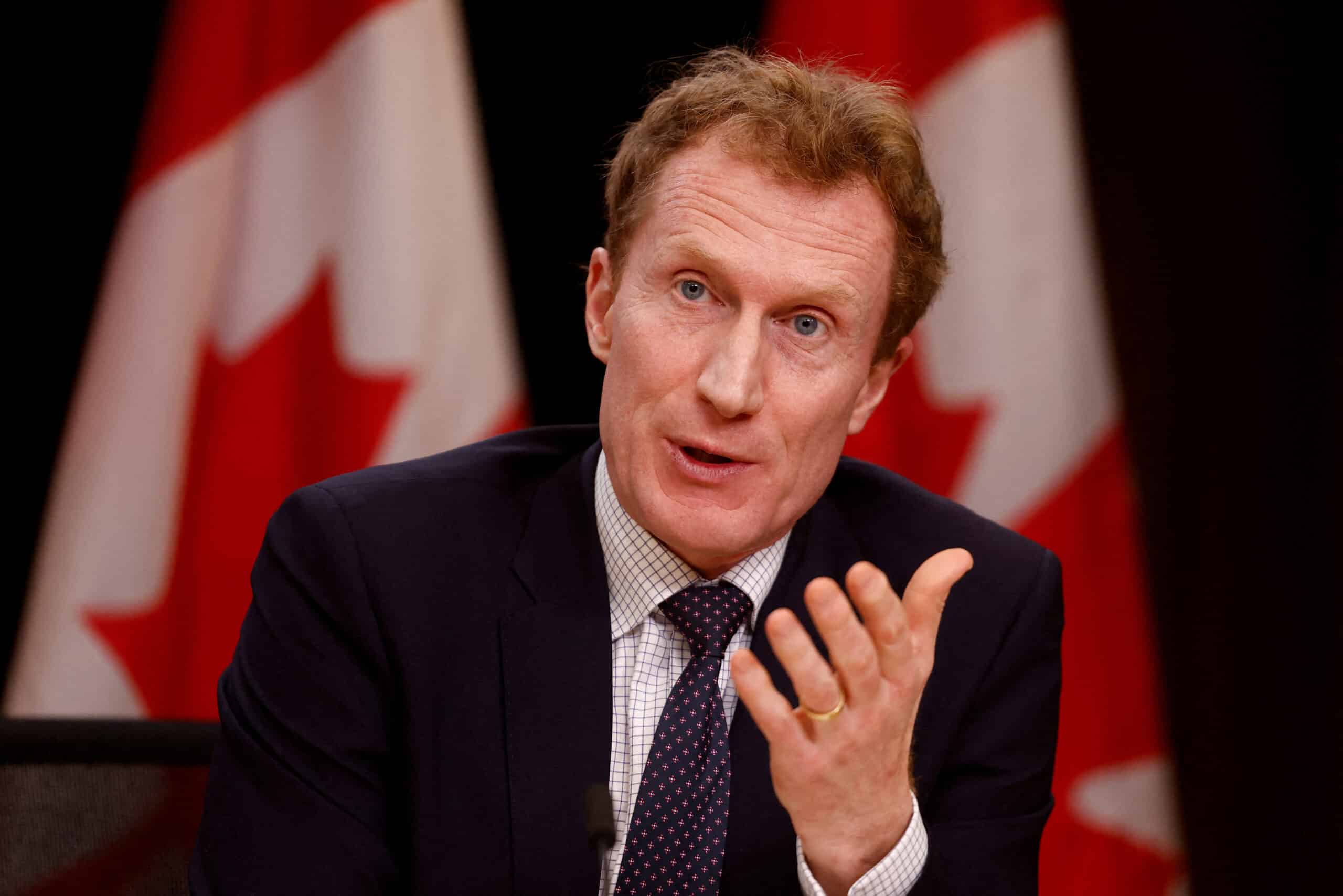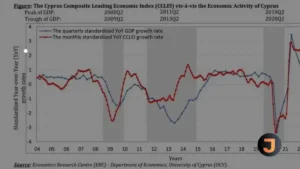Canada to Implement Cap on Temporary Immigration
In a significant policy shift, Canada is set to introduce a cap on temporary immigration, a move announced by Immigration Minister Marc Miller. This decision comes as the nation grapples with a housing shortage and the strain on essential services. Over the past few years, the influx of international students, foreign workers, and other temporary residents has surged, with the current government using immigration as a lever to bolster economic growth and fill labor shortages.
However, this strategy has not been without its detractors. Critics have pointed out that the increase in temporary residents has contributed to the housing crisis and put additional pressure on provincial services like education and healthcare. In response to these concerns, the government aims to reduce the proportion of temporary residents from 6.5% of the total population in 2023 to 5% over the next three years. This adjustment represents a roughly 20% decrease from the 2.5 million temporary residents currently in Canada.
Minister Miller has scheduled a meeting with provincial and territorial leaders in May to finalize this new plan. “We need to ensure the number of temporary residents entering the country is at a sustainable level,” Miller stated during a press briefing in Ottawa.
Adding to the changes, Miller revealed that starting in the fall, Canada’s immigration levels plan would be expanded to include both temporary and permanent resident arrivals. This is a departure from previous practices that focused solely on permanent residents. The Trudeau administration had previously indicated that it would cease increasing immigration levels for permanent residents starting in 2026.
Earlier this year, Canada also introduced a two-year cap on foreign student intake and announced plans to discontinue work permits for some students post-graduation. These measures are part of a broader initiative to manage the record numbers of newcomers to the country.






